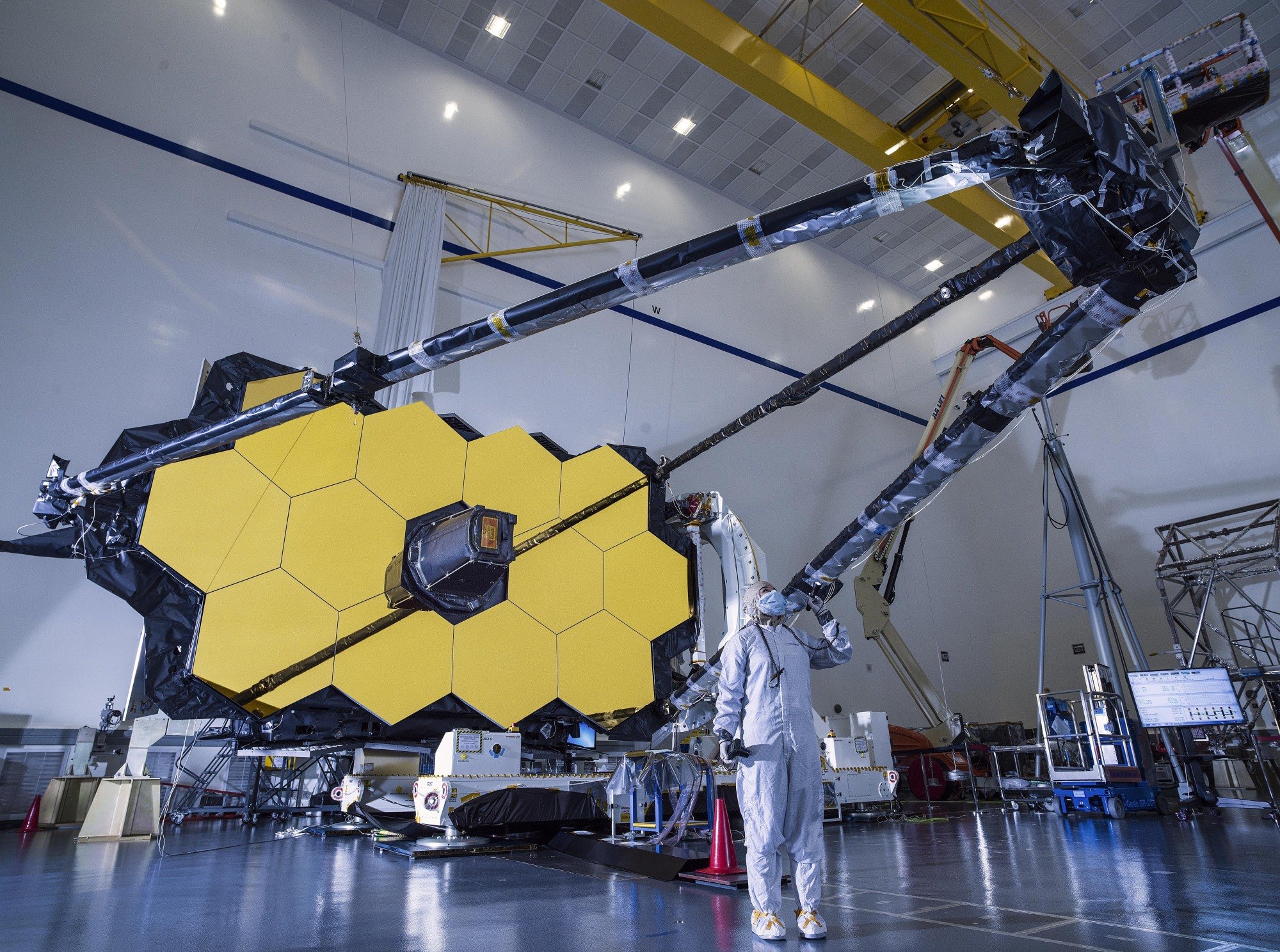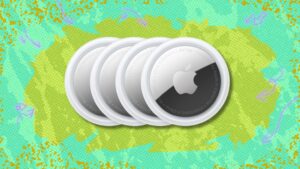
NASA has hyped the James Webb Space Telescope with another impressive test photo just before the big premiere to showcase the observatory’s first full-color images.
The U.S. space agency revealed a new image Thursday that came from one of the enormous infrared telescope’s instruments, the Fine Guidance Sensor. NASA nonchalantly shared the picture over social media to demonstrate the strength and clarity of Webb: an almost unfathomably deep view of the universe in red monochrome.
The surprise teaser came just six days before the agency and its partners, the European Space Agency and the Canadian Space Agency, plan to roll out the first batch of real, full-color images on July 12. Despite NASA administrator Bill Nelson’s announcement that the cache will include the deepest image of the universe ever taken, this picture — a mere engineering test of Webb’s Fine Guidance Sensor — already breaks the current record for farthest infrared view into the cosmos, scientists said.
For some people, the new snapshot (at the top of this story) might not look like anything too impressive — at best, maybe sesame seeds on a hamburger bun or gnats smooshed on a car windshield. But what they’re looking at is the abyss: Behind just a handful of bright stars with giant spikes of light are galaxies brimming with solar systems.
That’s right: Each of those little flecks might contain hundreds of billions of stars and planets. Within this single frame are thousands of faint galaxies, according to the telescope team, many in the distant, early universe. In astronomy, looking farther translates into observing the past because light and other forms of radiation take longer to reach us.
Do you feel small yet?
As Jane Rigby, a project scientist at NASA, once said during the early calibration tests of the observatory: “There’s no way that Webb can look … at any point in the sky and not go incredibly deep.”
That’s true in this instance. The main job of the Fine Guidance Sensor, built by Canada, is to point and hold onto cosmic targets. Taking pictures is just a bonus feature. When the photo was taken, engineers were testing the telescope’s ability “to roll to one side like an aircraft in flight, lock onto one star and roll,” NASA explained in a blog. This might trigger a visual for some recent Top Gun: Maverick moviegoers.
The image is the result of 72 exposures over 32 hours, layered on top of each other. The ragged edges of the photo are due to the overlapping frames, according to the post.
“There’s no way that Webb can look … at any point in the sky and not go incredibly deep.”
Webb, launched into space on Christmas morning six months ago, will observe some of the oldest, faintest light in the universe. Astronomers anticipate Webb’s science will ignite a golden age in our understanding of the universe.
The powerful $10 billion infrared telescope will study a period less than 300 million years after the Big Bang, when many of the first stars and galaxies were born. Scientists will also use it to peer into the atmospheres of other worlds. Discoveries of water and methane, for example — some of the main ingredients of life — could be signs of potential life-friendly environments.

Credit: NASA
NASA officials emphasized Thursday that the test shot is still “rough around the edges,” and won’t hold a candle to the quality of images coming soon on July 12. This one isn’t in full color and would not hold up to the standard needed for scientific analysis, they said.
Engineers toned the data in a red filter, just like they have with previous test images, to show contrast. The sharp six-pointed spikes protruding from the stars are the result of Webb’s hexagonal mirror segments. This affects the way the light travels, causing diffraction.
The stars also appear to have holes punched in their centers, a feature that will not be present in the upcoming photos, according to the Webb team. Engineers said the holes are there because the exposures lacked “dithering.”
“Dithering is when the telescope repositions slightly between each exposure,” according to NASA. “The centers of bright stars appear black because they saturate Webb’s detectors, and the pointing of the telescope didn’t change over the exposures to capture the center from different pixels within the camera’s detectors.”
The upcoming images and scientific data will be released during a broadcasted event starting at 10:30 a.m. ET on July 12 from NASA’s Goddard Space Flight Center in Maryland. The public can watch live coverage on NASA TV.







